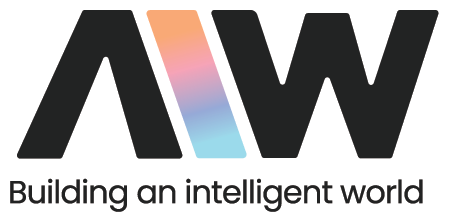Computer Vision refers to the branch of computer science that is dedicated to the creation and building of digital systems that are given the capability to analyze, process, and comprehend data in multiple formats such as images, videos, and other visual inputs. Computer vision largely involves training computers to analyze and process pixel-level images to understand what every data element means and signifies.
The most current and common uses of Machine Learning in computer vision include object detection, object classification, extraction of meaningful data or text from documents, images, photos, audios, and videos.
3 Main Functions of Computer Vision Systems
Object Identification
A computer vision system can be used to parse visual content and identify a specific object in an image or video. For instance, a computer vision system can be trained to identify one specific cat among multiple cats in any image or video.
Object Tracking
Computer vision systems built for object tracking are trained to process videos to find a single specific object or multiple specific objects that align with the search criteria and track the movement of the object simultaneously.
Object Classification
A computer vision system is designed to parse visual content and classify the objects visible and identifiable in an image or video to assign specific categories. For instance, a computer vision system being trained and directed to analyze a set of multiple images to spot a cat.
Some AIW Use Cases in Computer Vision
- Video Cue Classification for ‘Media & Networking‘ industry
- Medical Imaging for ‘Healthcare‘ industry



